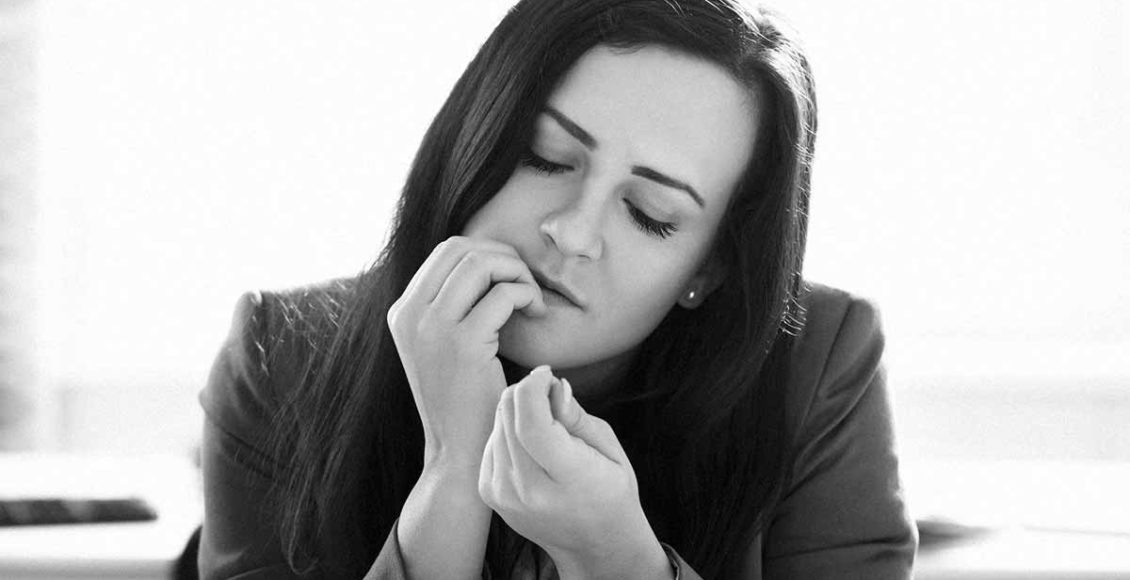Bad habits have the power to damage your health, career, and relationships.
Everyone has at least one bad habit. Whether it is smoking, drinking, binge eating, or something else, your bad habits can poison your life if you do not exercise self-control. If you feel powerless and cannot find the willpower to quit a bad habit, then it is time to work harder and take action before your life spirals out of control. Understanding the psychology behind bad habits can make it easier to learn how to break them.
Theo Harrison writes that according to MIT researchers, there are 3 distinct parts to a habit loop:
- Cue/Trigger
- Routine
- Reward
The cue triggers the routine and subsequently, one feels the temporary reward. Charles Duhigg, author of The Power of Habit, explains that ‘to understand your own habits, you need to identify the components of your loops. Once you have diagnosed the habit loop of a particular behavior, you can look for ways to supplant old vices with new routines’.
So, how can you work towards replacing bad habits?
Step 1: Identify the habit loop
The most crucial step to breaking a bad habit is understanding where it stems from. Try to notice what triggers your bad habit. Melody Wilding suggests that you should ‘look at the circumstances surrounding the behavior including the time of day, who you’re with, and what emotions you’re feeling’. Identifying the trigger will help turn your bad habit into a conscious behavior.
Step 2: Stop forcing yourself to stop thinking of it
Trying to force yourself to stop thinking about your bad habit only makes you think about it more. This can lead to frustration and obsession. Shifting your mindset can help you overcome your bad habit and replace it with something healthier. For example, instead of saying ‘I will stop eating unhealthy food’, tell yourself ‘I will start eating healthy food’.
Step 3: Look for alternatives
After you have mastered the first two steps, look for healthier alternatives to replace your habits. This means that when you notice a trigger, you can actively choose a healthier behavior. This way you will be able to build new routines and new habits.
Step 4: Set clear and specific goals
Instead of saying ‘I will start being healthy’, plan out your journey to a healthy lifestyle. This means being specific, clear, and realistic when setting your goals. (For example, ask yourself: What healthy food will I eat? When will I exercise?) Susan Krauss Whitbourne, Ph.D. advises that you should ‘decide on a realistic schedule that will work for you based on goals that you believe you can meet’.
Step 5: Get rid of triggers
After having clearly identified your triggers, you should work to eliminate as many as possible. It is important to note that triggers can be people, situations, and things. If you avoid the things which trigger your bad habit, you will be less likely to feel the need to engage in your destructive behavior.
Step 6: Change your environment
The environment you live in has a huge impact on the way you live your life. By changing your environment, you get rid of routine and allow yourself to build a new lifestyle.
Step 7: Remind yourself to be patient
It takes a lot of time for a certain behavior to turn into a habit. Similarly, it takes an even longer time for a bad habit to be broken or replaced by another, healthier habit. So as to not face disappointment and frustration, you need to remind yourself that it can take months for change to take place.
Step 8: Talk to your close ones
Share your goals with your friends and family. Having a solid support system is vital when you embark on such a difficult journey. What is more, clinical hypnotherapist and homeopathic practitioner Kauser Khan explains that ‘when we tell others about a goal and we do not follow through on it, we are ‘punished’ with shame and a feeling that we let other people down’.
Step 9: Expect setbacks
Alongside having patience, you need to be realistic about how often you might expect setbacks. Believing that you will not have any setbacks can prove destructive. That is, if you were to experience a setback, you might lose faith and hope. If, on the other hand, you are prepared and understand that you might encounter setbacks, you will be less likely to give up or think yourself as a failure. Susan Krauss Whitbourne, Ph.D., comments on setbacks as she writes that ‘if you use that slip as ‘proof’ that you can never change, you will in fact not be able to change. Instead, try to figure out why you slipped’.
With dedication, determination, and the proper mindset, you will be able to break your bad habit and replace it with a healthier alternative. Be patient and believe in yourself.



